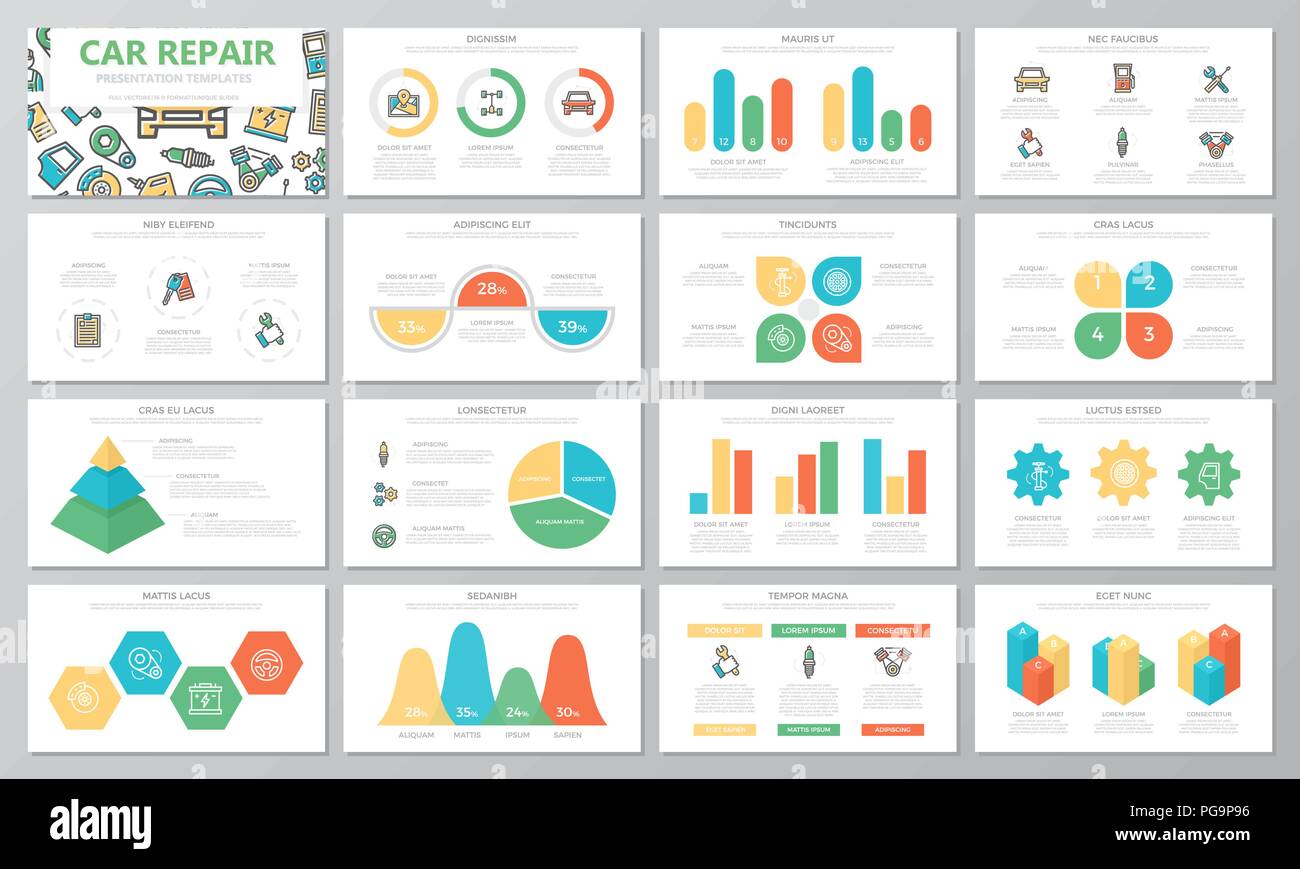Fascinated In Comprehending The Warning Lights On Your Auto'S Dashboard? Discover Their Value For Your Car'S Security And Overall Condition
Fascinated In Comprehending The Warning Lights On Your Auto'S Dashboard? Discover Their Value For Your Car'S Security And Overall Condition
Blog Article
Write-Up Written By-Samuelsen Kejser
When you're behind the wheel, those glowing warning lights on your dashboard can be a bit complicated. Do you know what they're trying to tell you about your cars and truck's health and wellness? Comprehending the value of these lights is vital for your security and the long life of your vehicle. So, Suggested Studying following time among those lights pops up, wouldn't you want to decode its message precisely and take the necessary steps to address it?
Common Caution Lighting and Interpretations
Recognize usual caution lights in your automobile and understand their meanings to make certain safe driving.
The most regular warning lights include the check engine light, which indicates problems with the engine or exhausts system. If this light begins, it's vital to have your car checked promptly.
The oil pressure alerting light shows reduced oil stress, needing prompt interest to stop engine damage.
A blinking battery light may suggest a damaged billing system, potentially leaving you stranded if not resolved.
The tire pressure monitoring system (TPMS) light informs you to low tire stress, affecting automobile stability and gas efficiency. Overlooking this might bring about dangerous driving conditions.
The abdominal light shows an issue with the anti-lock braking system, jeopardizing your capacity to stop quickly in emergencies.
Last but not least, the coolant temperature alerting light warns of engine overheating, which can lead to severe damages otherwise settled swiftly.
Recognizing these usual caution lights will certainly aid you attend to concerns immediately and maintain risk-free driving conditions.
Importance of Prompt Attention
Understanding the typical caution lights in your cars and truck is only the very first step; the importance of immediately dealing with these cautions can't be emphasized sufficient to guarantee your security when traveling.
When a warning light brightens on your dashboard, it's your automobile's way of communicating a possible problem that requires focus. Neglecting these warnings can result in a lot more severe problems down the road, endangering your safety and security and potentially costing you much more in repairs.
Prompt focus to cautioning lights can avoid break downs and accidents. For instance, a blinking check engine light could suggest a misfire that, if left unattended, can trigger damage to the catalytic converter. Resolving this promptly can conserve you from an expensive repair service.
In https://www.thedrive.com/maintenance-repair/36790/car-maintenance , a brake system alerting light might indicate low brake fluid or used brake pads, essential components for your safety when driving.
DIY Troubleshooting Tips
If you notice a caution light on your dashboard, there are a couple of do it yourself repairing suggestions you can attempt before looking for professional help.
The first step is to consult your cars and truck's guidebook to recognize what the specific caution light shows. Often the issue can be as basic as a loosened gas cap activating the check engine light. Tightening the gas cap might fix the trouble.
One more common problem is a reduced battery, which can trigger numerous alerting lights. Checking the battery connections for deterioration and guaranteeing they're safe and secure might take care of the problem.
If a caution light lingers, you can try resetting it by separating the car's battery for a few minutes and afterwards reconnecting it. Furthermore, inspecting your car's liquid degrees, such as oil, coolant, and brake fluid, can aid fix alerting lights associated with these systems.
Verdict
In conclusion, comprehending your cars and truck's caution lights is crucial for keeping your car running efficiently and securely. By quickly dealing with these signals and understanding what they imply, you can avoid expensive repairs and prospective break downs.
Remember to consult your auto's handbook for certain details on each cautioning light and take action as necessary to make sure a trouble-free driving experience.
Remain notified, remain risk-free when driving!
